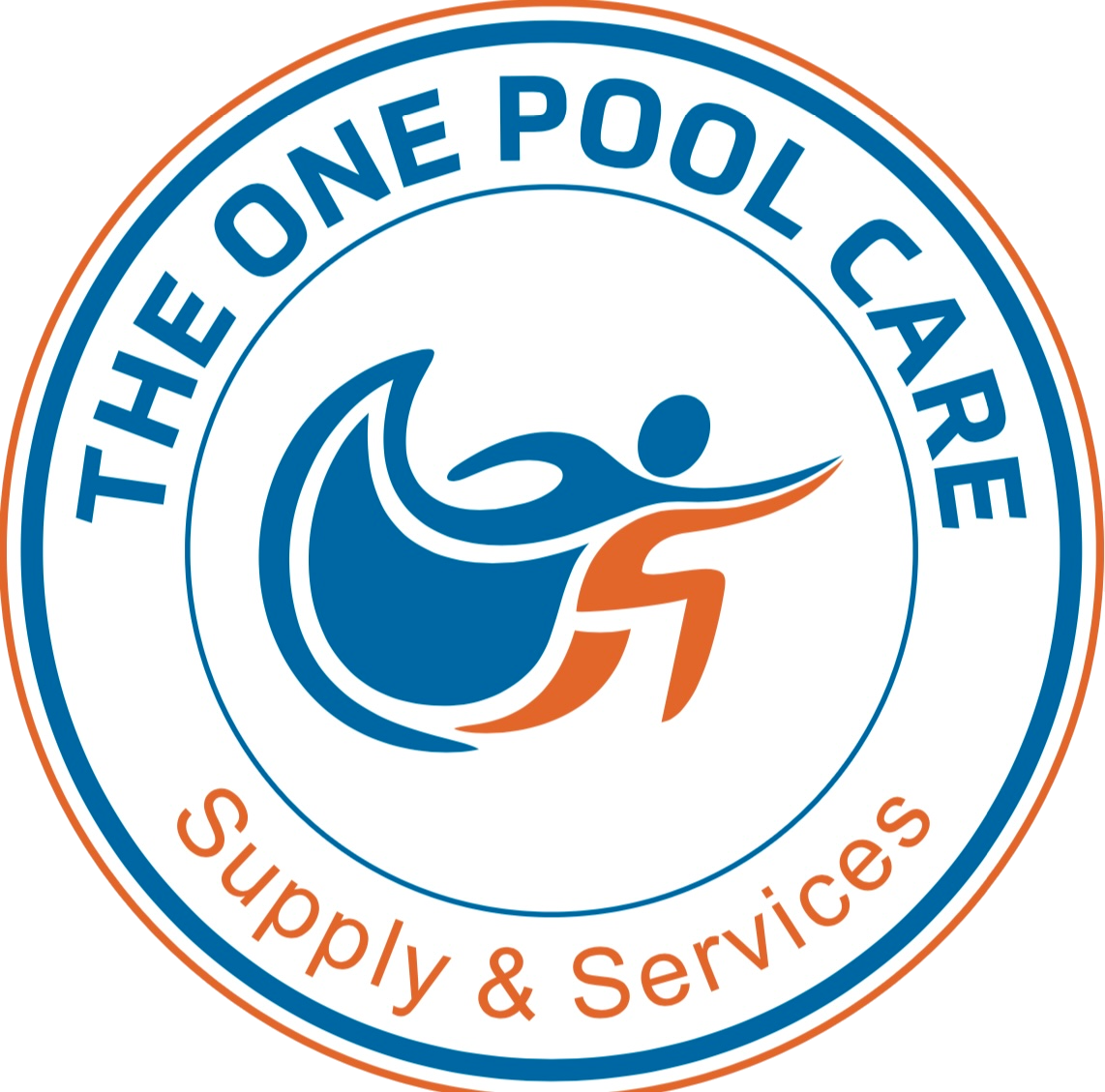How to Clean a Pool Without Draining It
Are you tired of the hassle and cost of draining your pool just to give it a deep clean? Good news: you don’t have to! By following the right steps, you can keep your pool sparkling clean without the hassle of emptying it. In this guide, we’ll reveal the step-by-step process to clean your pool, address the underlying causes of murky water, and provide expert tips on pool maintenance that perfect blue. Don’t miss out—these methods will save you time, water, and money!
Why Drain When You Don’t Have To? Understanding the Benefits of Pool Cleaning Without Emptying
Benefits of Cleaning a Pool Without Draining
Saves water
Maintains pool structure
Monthly Pool Maintenance
Step 1: Check Your Pool Chemistry—The Foundation of a Clean Pool
Key Chemical Levels to Monitor
- pH Levels: Aim for a pH between 7.4 and 7.6. Anything outside this range can cause eye irritation, damage to pool equipment, and uninvited algae growth
- Chlorine Levels: Ensure your chlorine is within 1-3 ppm to keep bacteria at bay.
- Alkalinity: Maintain alkalinity between 80-120 ppm. This acts as a buffer, stabilizing pH levels
Step 2: Skim, Brush, and Vacuum—The Triple Threat to Pool Cleanliness
Skimming Your Pool Surface for Immediate Cleanliness
Brushing the Walls and Floor for Deep Cleanliness
- Use a brush suitable for your pool surface—stainless steel brushes for concrete and plaster pools, nylon brushes for vinyl or fiberglass.
- Start at the shallow end and work your way down to avoid stirring up too much sediment.
The Importance of Regular Pool Vacuuming
Step 3: Shock Your Pool—A Secret Weapon for Clear Water
When and How to Shock Your Pool
- Frequency: Ideally once a week or after a heavy rainstorm or pool party.
- How to Shock: Follow the manufacturer’s directions for your pool shock product. Generally, use enough to raise chlorine levels to 10 ppm, and wait until levels return to normal before swimming.
Types of Shock: Calcium Hypochlorite vs. Chlorine-Free Shock
Step 4: Clean and Backwash Your Filter—The Heart of Your Pool’s Circulation System
Understanding Different Types of Pool Filters
- Sand Filters: Need to be backwashed approximately once a month or as needed.
- Cartridge Filters: Clean by hosing down cartridges or soaking in a cleaning solution.
- D.E. Filters: Similar to sand filters, but use diatomaceous earth, which needs to be periodically refreshed.
The Process of Backwashing
Step 5: Use Algaecide and Enzymes for Long-Term Maintenance
Choosing the Right Algaecide
Enzymes for Breaking Down Organic Matter
Step 6: Regular Maintenance Tips to Keep Your Pool Pristine
Establish a Weekly Routine
- Test water levels twice a week.
- Skim, brush, and vacuum at least once a week.
- Shock and add algaecide as needed.
Keep an Eye on Water Levels
Common Pool Cleaning Mistakes to Avoid
Over-Shocking the Pool
Ignoring Pool Chemistry
Conclusion
Cleaning your pool without draining it is not only possible but efficient and environmentally friendly. With regular swimming pool maintenance, you can keep your pool in top condition by following these six steps—balancing water chemistry, skimming, brushing, vacuuming, shocking, cleaning the filter, and using preventive treatments. Consistent swimming pool maintenance ensures your pool stays as fresh and inviting as the day it was filled, without the need to waste water.

 Skip the Que – Get a Free Quote in Minutes!
Skip the Que – Get a Free Quote in Minutes!